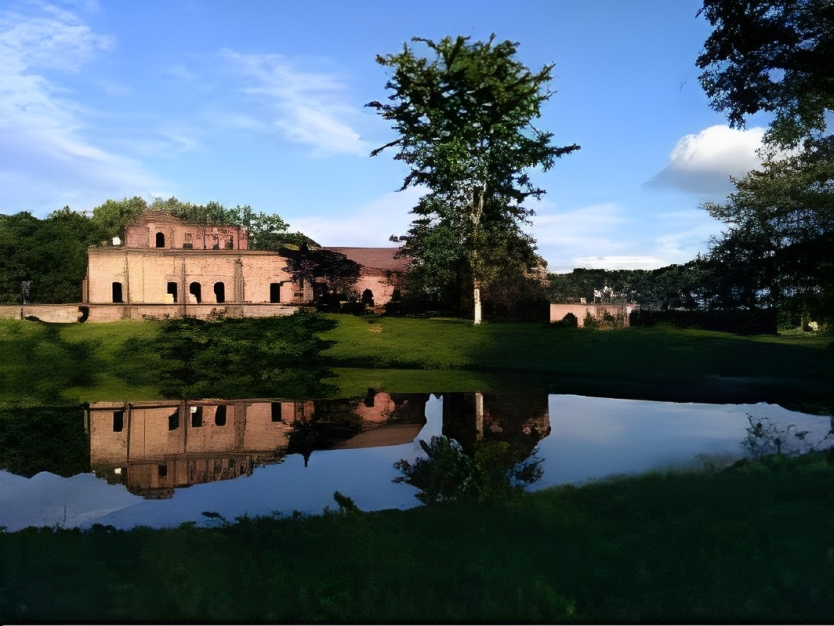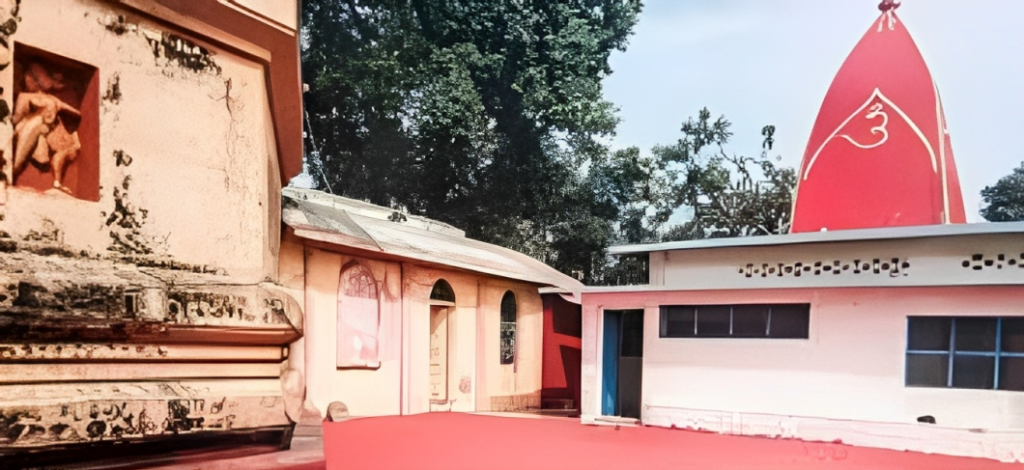Rinku Sharma
The Ahom dynasty ruled over the Brahmaputra Valley for over 600 years. The Ahoms, the Brahmaputra Valley rulers, inspired the name of present-day Assam.
The Tai tribe, known as the Ahoms, came to Assam in the first half of the thirteenth century. The Ahoms immigrated to Assam from Thailand and the Yunnan province of China. They established a kingdom that was known as “Asam” in the Middle Ages and as “Assam” today.
Sukapha, the chief of the Ahoms, was the one who opened this magnificent chapter in Assam’s history. He founded the Ahom Kingdom in Assam. Sukapha’s rule had a significant impact on the history of Assam. In addition to establishing a powerful military system, he also successfully changed the political and social landscape.
In 1615, the Ahom Kingdom engaged in its first significant conflict with an imperial force, the Mughal Empire. A massive Mughal invasion was successfully repelled by the Ahoms under Lachit Borphukan during the battle of Saraighat in 1671.
The East India Company took control of the Assam administration following the Yandabo Treaty in 1826 A.D. Following the treaty, the Ahom kingdom came under the British Empire. According to British Governor General William Bentinct, the Ahom Government’s success was a major factor in their ability to rule Assam for so long.
The architectural marvels of the Ahom dynasty
The Ahom architectural panache signifies a unique balance of different architectural styles, from domes and arches to large shikharas and mandapas, and the temples and secular buildings are interspersed with influences from the rich ancestors.
Sibsagar, in Assam, was a melting pot of learning where diverse influences converged and new forms of culture and architecture emerged. The ruins of a brilliant chapter in Assam’s political history can still be found in the bustling city of Sivasagar. The city is home to several impressive Ahoms-built monuments! Magnificent temples such as Sivadol, Devidol, and Vishnu Dol; the great palaces of Gargaon and Rangpur; the great sporting and educational centres such as Rang Ghar; and the historical Charaideo Maidam were examples of the unique style of Ahom architecture.
If you’re interested in taking part in Assam’s history trails, we present to you the brochure on historical structures constructed by Ahom monarchs, which reveals the rich Ahom art and architecture. Check them out.
Charaideo Maidam
The Charaideo Maidam is likened to the Egyptian pyramids. The Maidams are where the Ahom Kings and Queens were buried. They are things of wonder that may be appreciated through the magnificent architecture and skill of craftsmen belonging to the Ahom rule.

Rang Ghar
Built in 1747 AD by Swargadeo Paramatma Singha, Rang Ghar, commonly known as the “House of Entertainment,” is believed to be one of the oldest still-standing amphitheatres in Asia.

Rangpur Palace
Rangpur Palace is a seven-story royal complex considered one of the largest and finest examples of Ahom architecture. Swargadeo Rudra Singha built the palace out of bamboo and wood in 1698 AD.

Talatal Ghar
The Talatal Ghar, which represents Ahom power at its height, is the most opulent and substantial of all Ahom structures. Talatal Ghar is a seven-story building with a three-story underground structure that was initially constructed as an army base because it served as the dynasty’s defensive bastion.

Kareng Ghar
The majestic Kareng Ghar building has four levels. When visiting the ruins of this mediaeval structure, a staircase can be seen that leads up to the terrace and probably served as a vantage point in times of political unrest.

Umananda Temple
On King Gadadhar Singh’s instructions, Bar Phukan Garhganya Handique constructed the temple in 1694. The rock walls of the temple are decorated with numerous engravings and sculptures.

Navagraha Temple
Navagraha Temple is located on the top of Chitrasal Hill in the city of Guwahati. During his reign from 1751 to 1769, the Ahom king Swargadeo Rajeswar Singha constructed it.

Conclusion
The Ahom dynasty gave Assam some outstanding historical structures, which are evidence of their strength and wealth as well as their sense of style and artistic sensibility. The Ahom architecture is a wonder to the tourists who visit them, from Charaideo Maidam to Rang Ghar, Talatal Ghar, and the Umananda Temple. All these monuments reflect the richness, power, and artistic grandeur of the Ahom dynasty. If you are interested in Assam’s history, then a visit to these places is a must.
